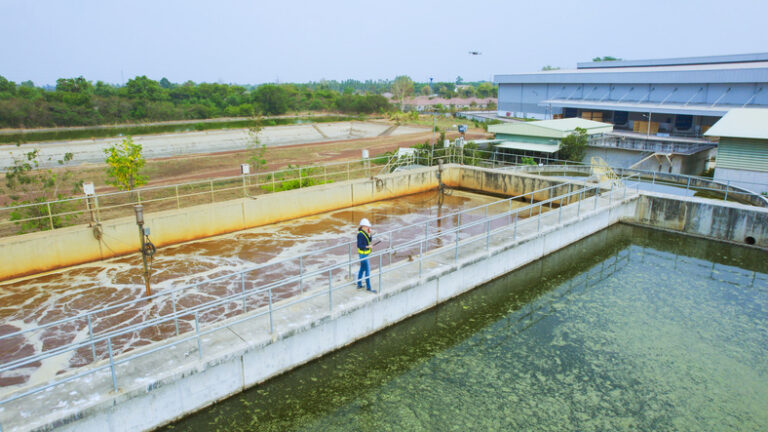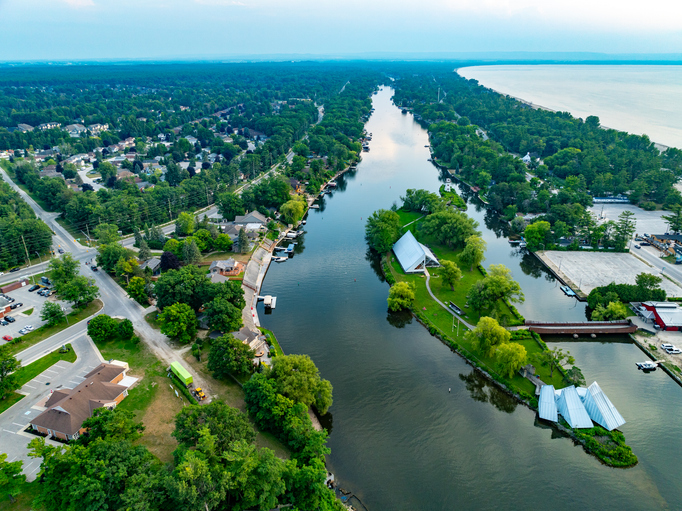All levels of government in Canada have been affected by the COVID-19 pandemic in some way, shape, or form since March 2020. This is especially true for municipalities across the country.
As reported by Water Canada, the Federation of Canadian Municipalities (FCM) was calling for emergency funding for municipalities as early as April 2020 due to the economic impacts of COVID-19.
“From turning arenas into safe shelters to deferring property taxes, municipal leaders are working flat-out to support Canadians through this pandemic,” said FCM President Bill Karsten. “But with new expenses, staggering drops in revenue and no freedom to run deficits, municipalities need emergency funding to keep essential services going strong.”
In June 2019, conversations started to take place about what would be needed to support a safe economic restart across the country.
“We need to work together to pull Canadians out of this pandemic and come back even stronger,” said Karsten. “There’ll be no full economic recovery without tackling the municipal financial crisis first, and the Prime Minister has created an opening to do that. Now all orders of government need to seize this opportunity to get support to the front lines where it’s so urgently needed.”
As conversations about a safe economic restart have taken place, funding municipal infrastructure projects has been seen as a way to support the economic recovery in communities across Canada.
The federal government has made a number of announcements about investments in drinking water, wastewater, and stormwater infrastructure (more information is available on watercanada.net). Organizations like the Federation of Canadian Municipalities (FCM) and crown corporations like the Canada Infrastructure Bank (CIB) have also been supporting projects.
To explore what federal funding opportunities are available for municipal water infrastructure, Water Canada and the Canadian Water and Wastewater Association (CWWA) hosted the Window on Infrastructure webinar on September 16, 2020.
A number of industry leaders joined the webinar including:
- Carl Bodimeade from Hatch Infrastructure.
- John Cuddihy, Natasha Faruqui, and Katie Hogan from Infrastructure Canada.
- Patrick Kehoe and Matt Gemmell from the Federation of Canadian Municipalities (FCM).
- Sashen Guneratna from the Canada Infrastructure Bank (CIB).
- Hiran Sandanayake from the City of Ottawa.
- Indra Maharjan from the Ontario Clean Water Agency (OCWA).
Government of Canada’s Investing in Canada Infrastructure Program (ICIP)
John Cuddihy, Natasha Faruqui, and Katie Hogan from Infrastructure Canada kicked off the Window on Infrastructure by providing some information about the Investing in Canada Infrastructure Program (ICIP) and how it has been adapted as a result of COVID-19.
Hogan provided an overview of the Investing in Canada Plan. According to Hogan, over $180 billion is expected to be invested into the program over 12 years. She noted that the Investing in Canada Infrastructure Program (ICIP) is the flagship program under the Investing in Canada Plan and it is divided into four streams. The streams include the:
- Green infrastructure stream, which has $9.2 billion allocated for projects.
- Public transit stream, which has $20.1 billion allocated for projects.
- Community, culture, and recreation stream, which has $1.3 billion allocated for projects.
- Rural and northern communities stream, which has $2.4 billion allocated towards for projects.
“The Investing in Canada Infrastructure program is an outcomes-based eligibility model,” noted Hogan. “It basically moves the vessel away from a traditional asset-based model. The water and wastewater context is the perfect example to think about how that outcomes-based approach can help identify more innovative projects to do in your local communities.”

“Under a traditional asset-based eligibility model, we would be looking for water and wastewater investments,” added Hogan. “We would be looking at the standard pipes, pumps, treatment stations, and things like that. Under an outcomes-based eligibility model, we’ve identified the outcomes as being increased capacity to treat and manage wastewater and stormwater, and increased access to potable water.”
“Thinking about the outcomes-based model, if that’s the overall outcome we want to achieve, the federal government is not being prescriptive about how you achieve that,” noted Hogan. “We could really be looking at innovative types of solutions for water purification and stormwater management that would not have otherwise fit in a very restricted asset class-based model.”
In March 2020, the federal government started thinking about how it could help communities respond to the COVID-19 pandemic. The Investing in Canada Infrastructure Program was adapted in two ways: a fifth funding stream (COVID-19 Resilience Infrastructure) was created and eligibility was temporarily expanded for three of the four existing streams.
Federation of Canadian Municipalities’ (FCM) Green Municipal Fund
Patrick Kehoe, an advisor at FCM, provided an update on the support that is available to municipalities through the well-known Green Municipal Fund.
“The support comes in two ways: there is the direct funding aspect of it and there is a resource end to it,” said Kehoe. “[There are] tools, instances for providing peer-to-peer support, and learning from others around the country to spur their projects.”
The funding has been targeted to environmental sustainability projects and most of these have been infrastructure projects, according to Kehoe. This has helped inform the funding streams (water, energy, land use/brownfields, waste, and transportation) that have been offered by FCM.
“We like to fund projects at different stages,” said Kehoe. “We start out by providing grant funding for feasibility studies. This will cover up to 50 per cent of eligible costs to a maximum of $175,000. […] Next up are pilot projects that test out real-world solutions on a small scale. This again is grant-based and is up to $500,000. Typically, [we cover] about 50 per cent of eligible costs. However, municipalities under 20,000, so smaller municipalities, can request up to 80 per cent funding.”
“Finally, we do have our capital project financing,” added Kehoe. “The capital projects financing is based on combination of low-interest loans and grants. Typically, we are able to cover up to 80 per cent of project costs up to a maximum of $10 million. However, we do consider larger amounts so don’t let that be a barrier.”
Beyond the direct funding that is available, FCM also supports knowledge-sharing between municipalities. Best practices and lessons learned can be accessed at fcm.ca/resources
Individuals can also access the funded projects database, which has information about projects FCM has funded over the last 20 years, on FCM’s website.
Opportunities to advance water infrastructure through the Canada Infrastructure Bank (CIB)
The CIB is a federal crown corporation that has three core functions, according to Sashen Guneratna. These core functions include: investing, advising, and knowledge.
The CIB has the ability to “invest in new, revenue-generating infrastructure using project-specific structures that attract private capital and appropriately allocate risks,” according to Guneratna. In addition to this, the CIB is able to “advise public sector sponsors about project development, effective project structuring options, private sector, and CIB investment options.” The CIB is also able to “collect and develop data and knowledge, facilitate evidence-based decision making.”

Guneratna noted that the CIB has played an active advisory role in water infrastructure projects. “We’ve had a lot of conversations with municipalities,” said Guneratna. “We can assess projects at no-cost and evaluate these projects at no-cost. We’re also able to help with structuring debt equity, help look at financial models, and provide advice to municipalities on their projects.”
In the context of municipal water and wastewater projects, Guneratna spoke about two challenges municipalities face and how the CIB can help address those challenges. One challenge Guneratna noted was that “municipalities are often close to reaching existing debt limits, restricting their ability to invest the significant capital required for replacement, growth, or compliance.” Also, municipalities with a “small tax and/or rate base cannot absorb increases caused by large investments.”
In order to help address these challenges, the CIB can work with the municipality to attract private investment that provides “flexible terms to accommodate longer duration and complex projects that would not otherwise be commercially available.” The CIB can also help municipalities attract private investment that provides “access to direct debt financing rates to help contribute to both the financial and environmental sustainability of water and wastewater networks.”
Concluding thoughts
A number of federal funding programs are available to help municipalities make investments in drinking water, wastewater, and stormwater projects. Hopefully municipalities are able to leverage these programs in order to get on road to economic recovery.
This article was written by Simran Chattha, associate editor of Water Canada, for the January/February 2021 issue of Water Canada.











